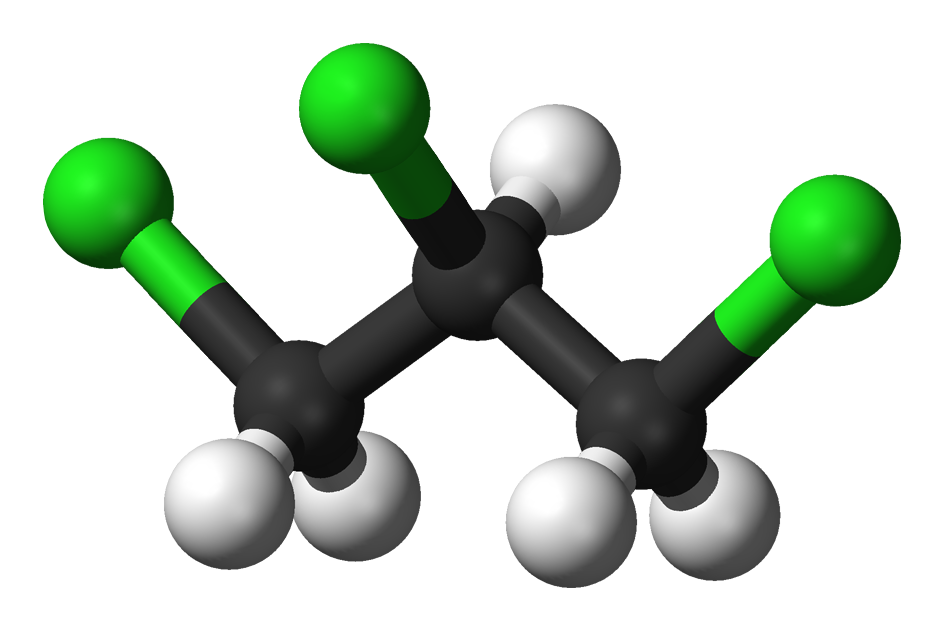SAMPLE EXERCISE 2.7
Give the chemical symbols, including mass numbers, for the following ions: (a) The ion with 22 protons, 26 neutrons, and 19 electrons; (b) the ion of sulfur that has 16 neutrons and 18 electrons.
Solution
In this video learn the difference between atomic mass and mass number. Learn how to calculate the atomic mass of Chlorine.Why chlorine have atomic mass of 3. Element Chlorine (Cl), Group 17, Atomic Number 17, p-block, Mass 35.45. Sources, facts, uses, scarcity (SRI), podcasts, alchemical symbols, videos and images.
(a) The number of protons (22) is the atomic number of the element, so the element is Ti (titanium). The mass number of this isotope is (the sum of the protons and neutrons). Because the ion has three more protons than electrons, it has a net charge of Thus, the symbol for the ion is
(b) By referring to a periodic table or table of elements, we see that sulfur (symbol S) has an atomic number of 16. Thus, each atom or ion of sulfur has 16 protons. We are told that the ion also has 16 neutrons, so the mass number of the ion is Because the ion has 16 protons and 18 electrons, its net charge is Thus, the complete symbol for the ion is
In general, we will focus on the net charges of ions and ignore their mass numbers unless the circumstances dictate that we specify a certain isotope.
PRACTICE EXERCISE
How many protons and electrons does the ion possess?
Answer: 34 protons and 36 electrons
| Chapter 13: Spectroscopy |
Isotope patterns for -Cl and -Br
- Mass spectrometers are capable of separating and detecting individual ions even those that differ only by a single atomic mass unit (note in rality they are far more sensitive than that!)
- As a result, molecules containing different isotopes can be distinguished.
- This is most apparent (at this level) when atoms such as bromine or chlorine are present in a molecule because those elements naturally exist with a significant % of the heavier isotope.
- For example, while C has 2 common isotopes, 12C and 13C, 13C represents only about 1% of natural carbon. In contrast, Cl has 2 common isotopes, 35Cl and 37Cl, with about 25% being 37Cl.
- Typically, one looks at the molecular ion peak, 'M' (since this is being identified and used to determine the MW).
- When working with MW from the molecular ion in MS, the best approach is to always use the lighter ion (i.e. M) and the mass of the lighter isotope (i.e. for Cl use 35 not 35.5, or, for Br use 79 and not 80)
- 35Cl : 37Cl exists naturally in an almost 3:1 ratio, so we observe peaks at 'M' (molecules with an atom of 35Cl) and 'M+2' (molecules an atom of 37Cl) are obtained with relative intensity 3:1
- 79Br : 81Br exists naturally in an almost 1:1 ratio, so we observe peaks at 'M' (molecules with an atom of 79Br) and 'M+2' (molecules an atom of 81Br) are obtained with relative intensity 1:1
Chlorine 35 Atomic Number
- Note that since the relative natural abundances of the isotopes are different, you can tell the difference between the presence of Cl and Br. The patterns are different, they look different.
- 'M+1' peaks are usually seen due to the presence of 13C in the sample but because 13C is only about 1% of natural carbon, the peaks tend to be small (unless there is a large number of C atoms present). Note that you can see the small peaks due to the presence of 13C in the figures shown for Cl and Br, they look like little shadows on the right of the other peaks.
The following two examples of mono-haloalkanes mass spectra show the characteristic isotope patterns of monohalogenated molecules. The patterns are highlighted in the green boxes:
Example 1 :
This MS is of 2-chloropropane, C3H7Cl.
37 Cl Mass Number
Note the characteristic isotope pattern at 78 (M) and 80 (M+2) in a 3:1 ratio.
Loss of 35Cl from 78 or37Cl from 80 gives the base peak a m/z = 43 (M - 35 = M+2 - 37 = 43) corresponding to the secondary propyl cation.
Note that the peaks at m/z = 63 and 65 represent fragment ions that still contain Cl and therefore also show the 3:1 isotope pattern.
The very small peak at 79 represents M+1, the small number of molecules that contain 35Cl and an atom of 13C rather than 12C.
The even smaller peak at 81 presents M+2+1 = M+3, a very small number of molecules that contain 37Cl and an atom of 13C rather than 12C.
Example 2 :
This MS is of 1-bromopropane, C3H7Br.
Note the isotope pattern at 122 and 124 represents the M and M+2 in a 1:1 ratio.
Loss of 79Br from 122 or 81Br from 124 gives the base peak a m/z = 43, corresponding to the propyl cation.
Note that other peaks, such as those at m/z = 107 and 109 (yes, they are small) still contain Br and therefore still show the 1:1 isotope pattern.
Note: the isotope patterns for polyhalogenated molecules (such as having both -Cl and -Br or with multiple -Cl or -Br) give different (but still characteristic isotope patterns).
| © Dr. Ian Hunt, Department of Chemistry |


Comments are closed.